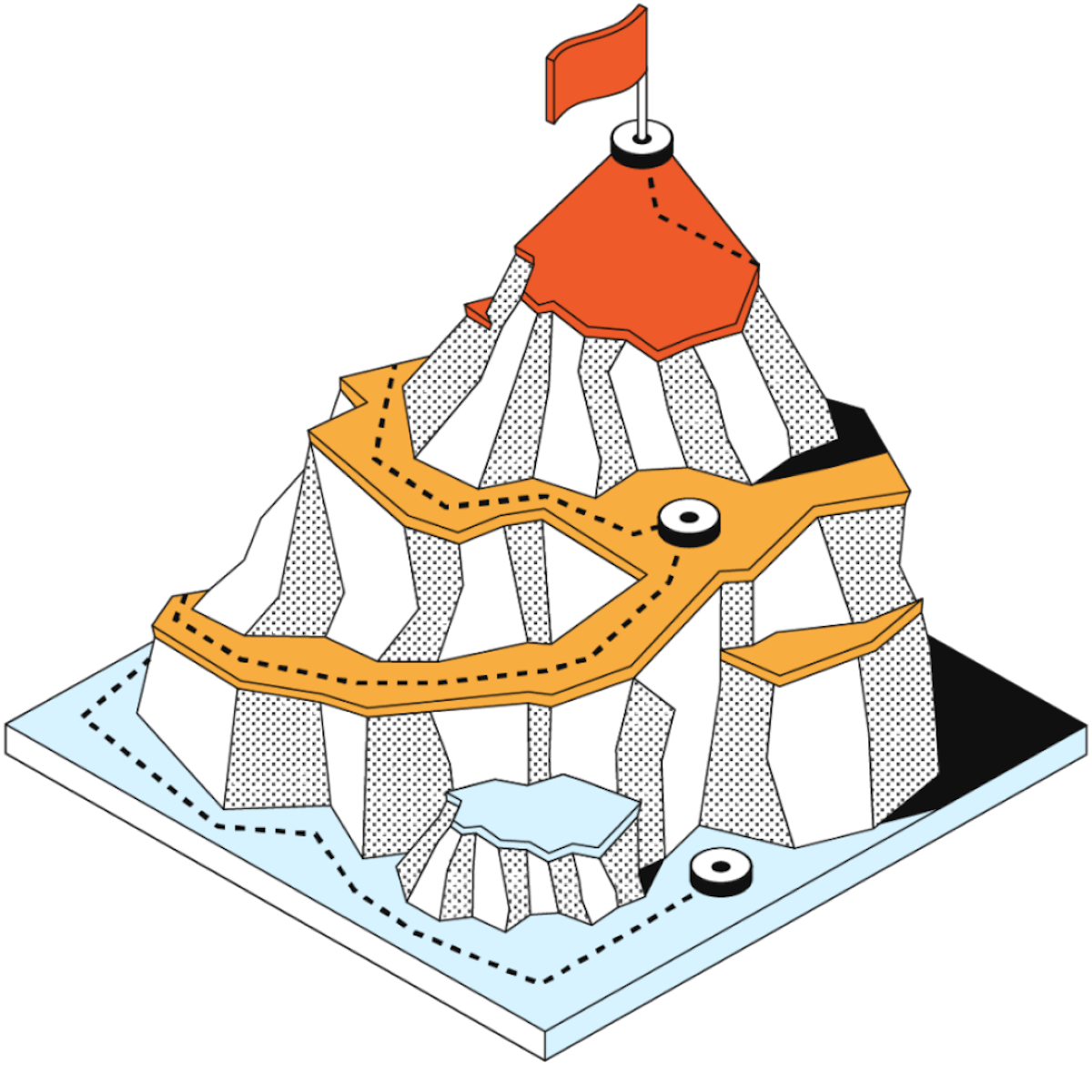How to integrate OKRs with agile epics
Integrate your objectives and key results (OKRs) with your epics (agile).


Al Chen
Solutions Architect at Coda
One of the pillars of agile software development is that “working software is the measure of progress.” Yet, one of the primary shifts in the business world has been an intense focus on outcomes. OKRs are the perfect framework for helping a company measure business results by reframing the focus from output (the features on our roadmaps) to outcome (business results). Agile and OKRs compliment each other perfectly. OKRs give momentum to a desired outcome, with objectives and key results that keep everyone focused. Agile is a process to help get to that desired outcome. If your team utilizes the agile methodology for project management, you may be used to the term agile epics. An epic is a chunk of work that consists of specific tasks known as stories. Think of those stories as tasks that are based on the needs or requests of customers that use your product. In agile, an epic is the thing that manages the tasks. The benefit of using agile epics is that large projects can be broken down into smaller tasks, which allows your team to deliver value faster to customers and users and aligned on a common objective. Keeping up speed and focus on larger epics isn’t easy. By combining the measurable aspects of OKR tracking with agile epics, you and your team can view completion progress for company-wide goals and a basic timeline of all epics in one place. With this free JIRA and OKRs template, you can leverage Coda’s Jira Pack to simplify your agile project management pipeline by syncing Jira Cloud issues and projects into any doc—and then aligning them to KRs.
Integrating OKRs and agile epics













